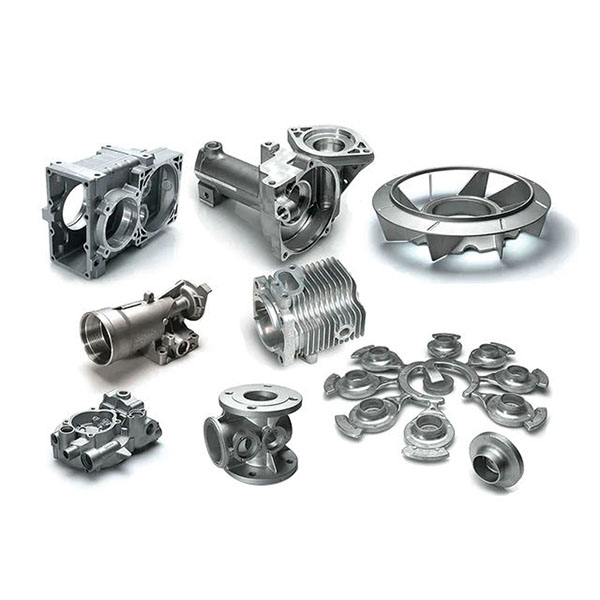When it comes to manufacturing lightweight components, die casting is the go-to method for producing high-quality, durable parts. Die casting offers a range of benefits for lightweight component production, making it a popular choice for industries such as automotive, aerospace, and electronics. In this blog, we’ll explore the advantages of die casting parts for lightweight components.
Die casting is a metal casting process that involves forcing molten metal into a mold cavity under high pressure. This process allows for the production of complex shapes with high accuracy and repeatability. When it comes to lightweight components, die casting offers several advantages over other manufacturing methods.
One of the main advantages of die casting for lightweight components is the ability to produce thin-walled parts with high dimensional accuracy. This is crucial for industries such as automotive and aerospace, where lightweight parts need to meet stringent performance and safety requirements. Die casting allows for the production of lightweight components with precise wall thickness and intricate features, ensuring optimal performance and efficiency.
In addition to dimensional accuracy, die casting also offers excellent surface finish and tight tolerances, making it ideal for lightweight components that require a high-quality aesthetic appearance. This is particularly important for consumer electronics and automotive applications, where lightweight components need to not only perform well but also look appealing to consumers.
Another advantage of die casting for lightweight components is the ability to achieve high strength-to-weight ratios. With die casting, it is possible to produce lightweight parts that are incredibly strong and durable, making them suitable for demanding applications. This is particularly important for industries such as aerospace, where lightweight components need to withstand high stress and harsh environmental conditions.
Die casting allows for the use of a wide range of lightweight materials, including aluminum and magnesium. These materials offer excellent strength-to-weight ratios, corrosion resistance, and thermal conductivity, making them ideal for lightweight component production. By utilizing lightweight materials through die casting, industries can achieve significant weight savings without compromising on performance or durability.
Die casting offers numerous advantages for the production of lightweight components. From dimensional accuracy and surface finish to strength-to-weight ratios and material flexibility, die casting is the ideal manufacturing method for industries that require high-quality lightweight parts. Whether it’s for automotive, aerospace, or electronics, die casting provides the precision, durability, and performance needed for lightweight component production. With these advantages, die casting remains a top choice for producing lightweight components across various industries.
Post time: Feb-26-2024






